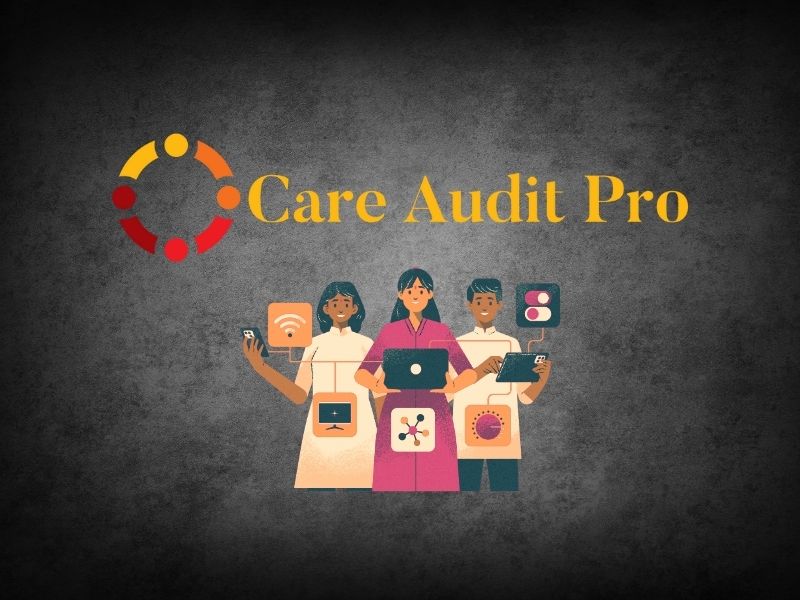
Effective Record-Keeping: Contemporaneous Notes Without Waffle
By Attila Szelei on 27/10/2025
Effective Record-Keeping: Contemporaneous Notes Without Waffle
AEO Answer: Effective record-keeping is essential for compliance and quality in social care. This article provides practical guidance for creating clear, concise contemporaneous notes.
The Importance of Contemporaneous Notes
In the realm of social care, record-keeping is not merely administrative; it’s a cornerstone of compliance and quality assurance. Contemporaneous notes—records made at the time of an event—are vital for accurately reflecting the care provided. This practice not only aids in meeting the Care Quality Commission (CQC) standards but also enhances overall care governance.
Key Principles of Effective Record-Keeping
Clarity and Conciseness
When documenting care, strive for clarity. Avoid using jargon or overly complex language. Instead of saying, “The service user exhibited some signs of distress,” specify, “The service user was seen crying and stated they felt anxious.” Clear language not only improves understanding but also reduces ambiguity during inspections.
Timeliness
Contemporaneous notes should be made at the time of an incident or interaction. This ensures accuracy and reduces the risk of forgetting important details. Aim to complete your entries shortly after the event, ideally within the same shift.
Relevance
Focus on what matters. Include information that is pertinent to the care provided and the outcomes achieved. Avoid unnecessary details that may dilute the significance of your notes. For instance, while it’s important to mention a service user’s medication adherence, discussing unrelated personal matters can detract from the key points.
Checklist for Effective Record-Keeping
Here’s a straightforward checklist to help you maintain effective record-keeping:
- Document Immediately: Make entries during or immediately after interactions or incidents.
- Use Plain Language: Write in clear, simple terms without jargon.
- Be Specific: Detail what occurred, including who was involved, what actions were taken, and the outcomes.
- Reflect on Care Standards: Align your notes with CQC guidelines, ensuring they demonstrate compliance and care quality.
- Review Regularly: Periodically check your records for completeness and accuracy.
Incident Learning and Duty of Candour
Learning from Incidents
When incidents occur, record-keeping is crucial for effective learning. Comprehensive notes allow for thorough investigations and subsequent improvements in care practices. For example, if a medication error happens, detailing the steps leading up to it can provide insights into systemic issues that need addressing.
Duty of Candour
Under the Duty of Candour regulation, providers must be open and honest with service users when things go wrong. Accurate record-keeping supports this by providing a factual basis for discussions with service users and their families. Always ensure that your records reflect what happened candidly and transparently.
Medication Safety and MAR Accuracy
Accurate medication administration records (MAR) are critical in maintaining medication safety. Each entry should include:
- Date and Time: When the medication was administered.
- Medication Name: Clearly specify the medication.
- Dosage: Document the exact dosage given.
- Signature: Always sign off your entries.
For instance, if a service user declines medication, this should be noted with the reason provided by the service user. This not only ensures transparency but also helps in future assessments and care planning.
Real-World Examples of Effective Record-Keeping
Case Study: Care Plan Review
A registered manager noted during a care plan review that service users often mentioned feeling unheard. By documenting these sentiments, the manager was able to adjust care plans to incorporate more feedback from service users, significantly improving satisfaction ratings.
Example: Medication Incident Reporting
Suppose a service user missed a dose of their medication. Recording the date, time, and reason (e.g., refusal) not only aligns with MAR requirements but also serves as a learning tool for staff to explore the root causes of medication refusal. This can lead to better understanding and future interventions.
Preparing for CQC Inspections
Being Inspection Ready
To ensure your records meet CQC standards during inspections, follow these best practices:
- Keep all documentation organised and easily accessible.
- Regularly audit records for compliance and completeness.
- Train staff on the importance of accurate record-keeping.
- Ensure that records reflect the service user’s journey, preferences, and outcomes.
How Care Audit Pro Supports This
Care Audit Pro offers digital audits and action plans that enhance your record-keeping processes. Our platform simplifies compliance by enabling easy documentation and tracking of actions taken in response to incidents. By mapping evidence against CQC requirements, we help registered managers and compliance officers stay prepared for inspections, ensuring that your care records not only meet regulatory standards but also reflect best practices in care governance.
Incorporating effective record-keeping not only fortifies compliance but also fosters a culture of continuous improvement and high-quality care.
Keywords: [record-keeping, care quality, compliance, contemporaneous notes, MAR accuracy]